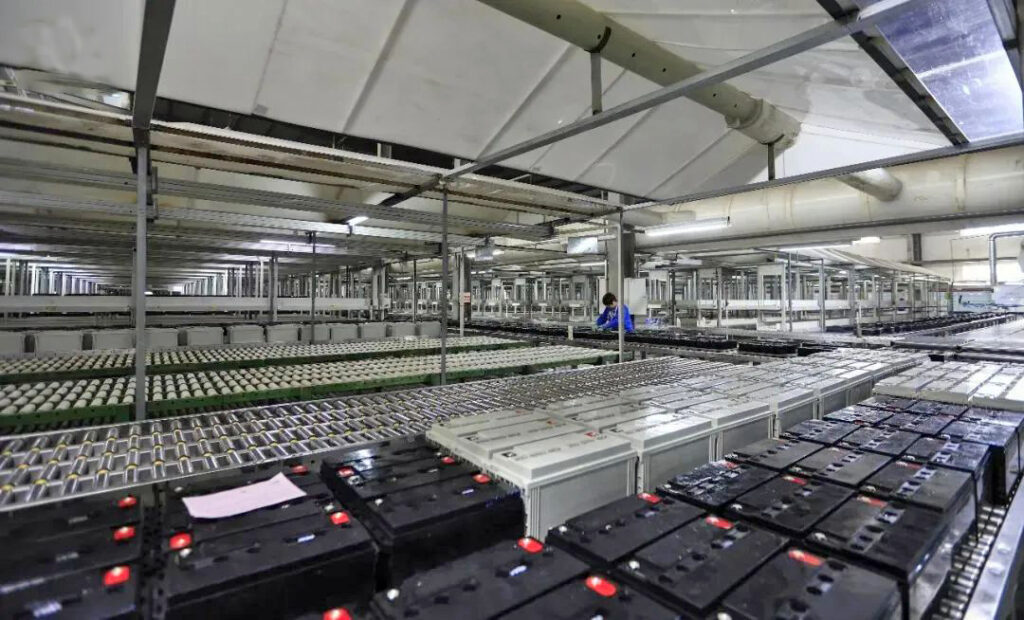Several factors can influence the price of lead-acid batteries:
- Raw Material Costs: The prices of lead, sulfuric acid, and other raw materials used in lead-acid battery production can have a significant impact on the overall cost of manufacturing. Fluctuations in the prices of these materials, influenced by factors such as supply and demand dynamics and geopolitical events, can affect battery prices.
- Technology and Innovation: Advances in battery technology and manufacturing processes can lead to improvements in battery performance, durability, and cost-effectiveness. Newer technologies or manufacturing methods that enhance battery performance while reducing production costs may result in lower-priced batteries.
- Economies of Scale: Large-scale production can lead to economies of scale, reducing per-unit production costs and allowing manufacturers to offer batteries at lower prices. Manufacturers with higher production volumes may be able to leverage these economies of scale to offer competitive pricing.
- Quality and Brand Reputation: Batteries from reputable brands known for their quality and reliability may command higher prices due to consumer trust and brand loyalty. Batteries with advanced features, longer warranties, and proven track records of performance may justify higher price points.
- Regulatory and Environmental Compliance: Compliance with regulatory requirements and environmental standards can add costs to battery production. Manufacturers may need to invest in technologies or processes to ensure compliance with regulations related to safety, recycling, and environmental protection, which can impact overall production costs and, consequently, battery prices.
Overall, the interplay of these factors, along with market demand and competition, determines the price of lead-acid batteries. Consumers should consider factors such as battery performance, durability, warranty, and brand reputation when evaluating the value proposition of different battery options.


